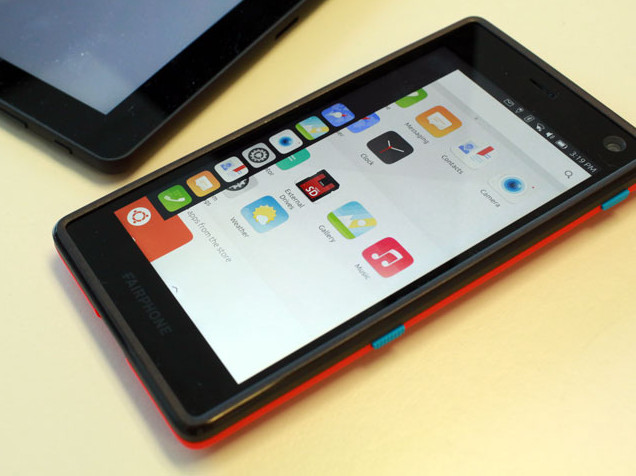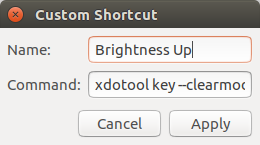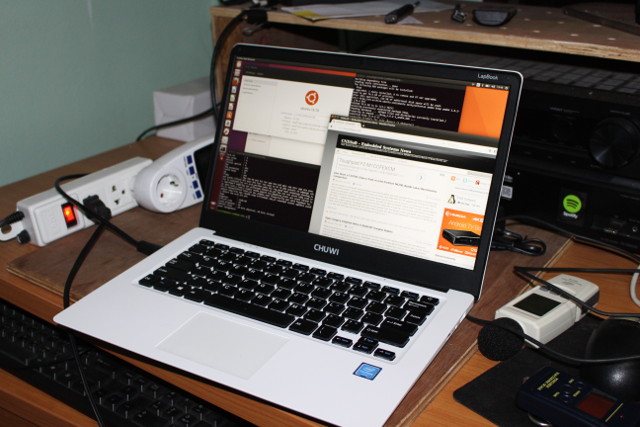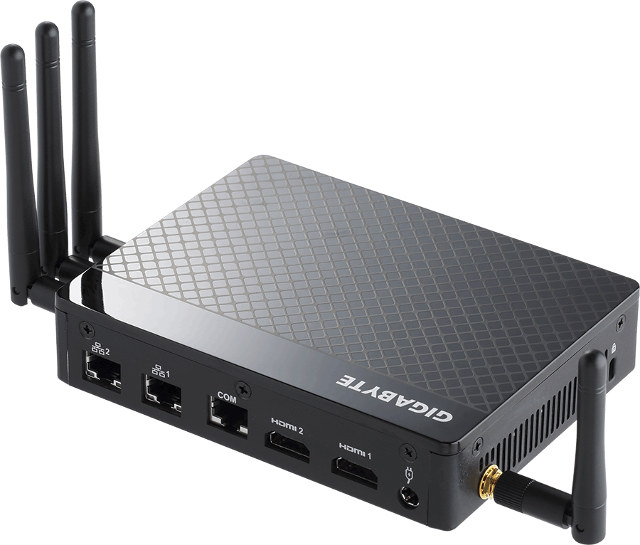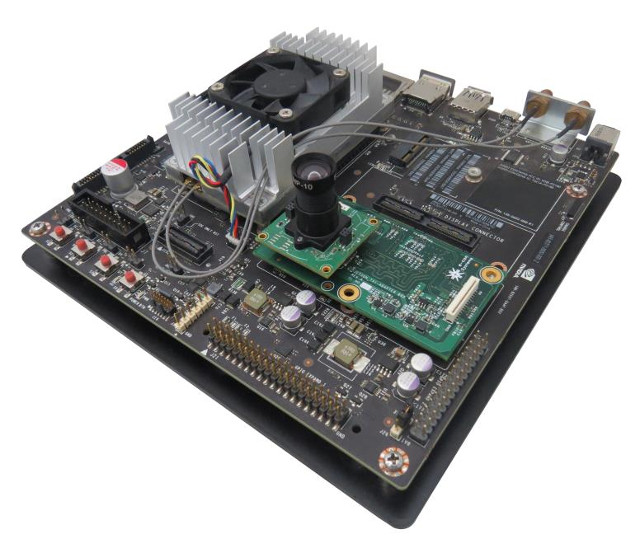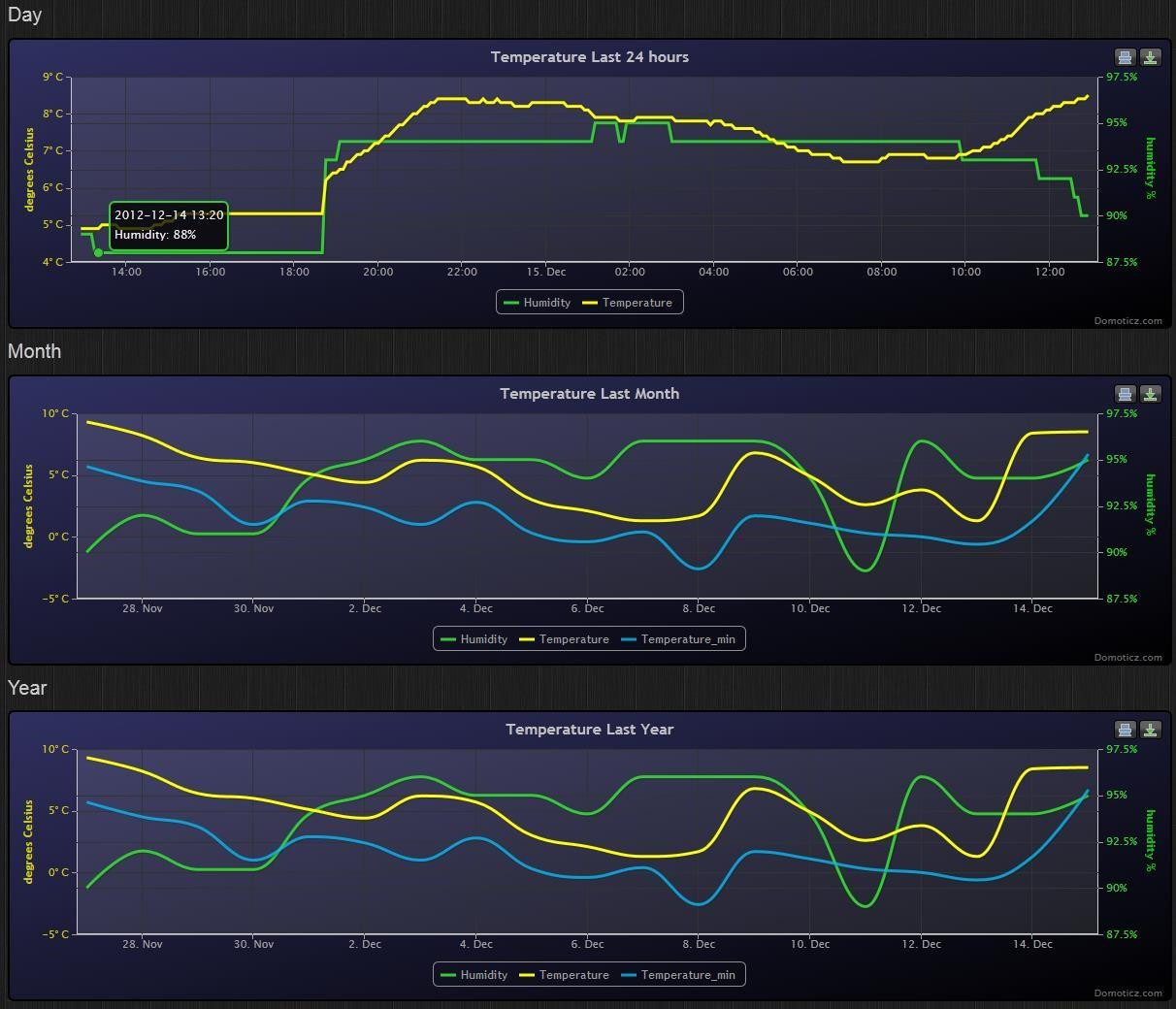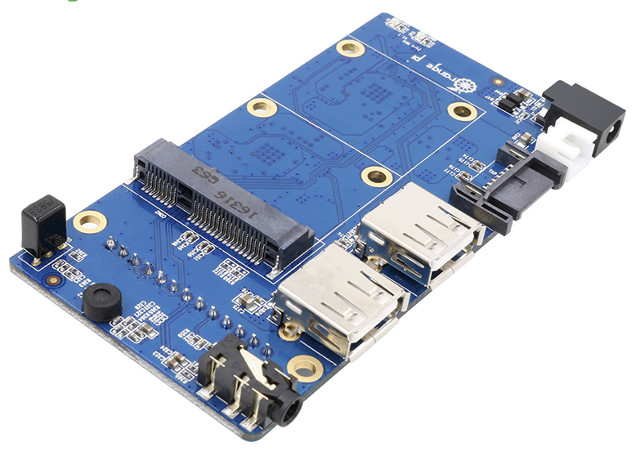Khadas Vim is the only Amlogic S905X development board I’m aware of. There are 4 or 5 versions of the board, but currently only two models are sold: Khadas Vim with 8GB flash and single band WiFi + BLE 4.0, and Khadas VIM Pro with 16GB flash, and dual band WiFi + BLE 4.2. SZWesion, the company behind the board, has sent Khadas Vim Pro for evaluation. Today, I’ll take a few pictures of the board and its accessories, and report my experience playing with Ubuntu 16.04.2 on the board. They’ve also released Android, LibreELEC, and dual boot Android/Ubuntu (for Vim Pro only) images, which you can find in the firmware resources page. Khadas Vim Pro Unboxing and Photos My parcel included Khadas package that looks like a book, an HDMI cable, and the same IR remote control sent with GeekBox, the first board made by the company, and powered […]
Fairphone 2 “Ethical” Smartphone Gets a Ubuntu Port
Fairphone aims to “create positive social and environmental impact from the beginning to the end of a phone’s life cycle”by designing easy to repair and long lasting phones that can be recycled and reused, and manufactured in good working conditions using conflicts-free materials. Their latest model is the Fairphone 2 5” Android 5.1 smartphone with a Qualcomm Snapdragon 801 processor, but you can now install Ubuntu on the device as UBports Ubuntu community has released a port for the phone. Let’s go through Fairphone 2 hardware specifications first: SoC- Qualcomm Snapdragon 801 (MSM8974AB) quad core Krait 400 processor @ up to 2.26 GHz with Adreno 330 GPU System Memory – 2 GB LPDDR3 Storage – 32GB eMMC flash + micro SD slot with support for SDHC, SDXC, UHS cards Display – 5″ Full HD (1920 x 1080) LCD TFT IPS touchscreen display with Gorilla Glass 3 Cellular Connectivity 2x micro […]
How to Assign Brightness Keys in Ubuntu 16.04 and Greater
Yesterday, I installed Ubuntu 17.04 in CHUWI LapBook 14.1, and was surprised everything appeared to work properly. However, the laptop does not come with brightness up and down keys. So I looked for ways to assign other keys to adjust brightness on the laptop, and eventually found a solution on AskUbuntu, and tried the options for Ubuntu 16.04. First we need to install xdotool, a utility that simulate keyboard input and mouse activity:
|
1 |
sudo apt install xdotool |
Once it’s done, go to the Dash, start Keyboard settings app, select Shortcuts tab, and click on the + icon on the bottom of the window to bring up the “Custom Shortcut” window. Now fill the Name field with “Brightness Up”, and the Command field with:
|
1 |
xdotool key --clearmodifiers XF86MonBrightnessUp |
Repeat the procedure with for the down key filling the Name field with “Brightness Down”, and the Command:
|
1 |
xdotool key --clearmodifiers XF86MonBrightnessDown |
Now we should have our two brightness keys, and we […]
Installing Ubuntu 17.04 on CHUWI LapBook 14.1 Apollo Lake Laptop
[Update: The instructions below do not work with the newly manufactured models because CHUWI completely changed the hardware The company also disabled the Linux option in the BIOS (See comments in this post) So you may need to use rEFInd boot manager or isorepin.sh script to install Linux (and some drivers may still not work out of the box) ] Since I’ve completed the review of CHUWI LapBook 14.1 with Windows 10 last week-end, I’ve decided to give it a try with a Linux distribution, and I chose to go with a daily build of Ubuntu 17.04 since we’ve seen Apollo Lake platforms need a recent Linux kernel. While Ubuntu 17.04 will be officially release in April 2017, likely with Linux 4.10, the current (alpha) build comes with Linux 4.9. I had already quickly booted Ubuntu 17.04 on the Laptop from a USB drive flashed using Rufus right after the […]
GIGABYTE EL-30 Apollo Lake Fanless IoT Gateway Powered by Intel Pentium N4200 to Launch in Q2 2017
GIGABYTE will soon introduce their EL-30 “Intel Apollo Lake IoT Gateway Solution” powered by a quad core Intel Pentium N4200 with 32GB storage, dual Gigabit Ethernet ports, dual HDMI ports, WiFi and Bluetooth connectivity, as well as a mini PCIe slot for 3G module or mSATA storage, and an optional Zigbee module. GIGABYTE EL-30 specifications: SoC – Intel Pentium processor N4200 with 4 cores, 4 threads @ 1.10 – 2.50 GHz with 2MB L2 cache, 18EU Intel HD Graphics 505 (6W TDP) System Memory – 2x SO-DIMM slots for DDR3L 1600/1866MHz memory up to 8GB Storage -32GB eMMC flash + 1x SD card slot + optional mSATA module Video Output – 2x HDMI 1.4b ports up to 3840×2160@30 Hz Audio – Via HDMI ports, 3.5mm audio jack (headphone + mic), Realtek ALC255 audio codec Connectivity 2x GbE LAN ports (Realtek RTL8111HS) Pre-installed WiFi + Bluetooth module in half-size mini PCIe […]
e-con Systems Launches e-CAM130_CUTX1 Ultra HD Camera for Nvidia Jetson TX1 Development Board
e-con Systems, an embedded camera solution company, has just announced the launch of e-CAM130_CUTX1 MIPI camera board for NVIDIA Jetson Tegra X1 development kit. The 13MP camera is based on On Semiconductor AR1820 CMOS image sensor, connects to TX1 board via its 4-lane MIPI CSI-2 connector, and supporting up to 3840 x 2160 @ 30fps/ 13MP@ 20 fps video streaming in uncompressed YUV format. e-CAM130_CUTX1 4K camera board features & specifications: Sensor – 1/2.3″ Optical form factor AR1820HS sensor with on-board high performance ISP. Focus Type – Fixed focus Resolution: – 13MP on e-CAM130_CUTX1 (The sensor is capable of 18MP) Pixel size – 1.25μm pixel with Aptina / ON Semiconductor A-PixHS with BSI technology and advanced pixel architecture Sensor Active Area – 4912(H) x 3684(V) Responsivity – 0.62 V/lux-sec (545nm); SNR: 36.3 dB; Dynamic Range: 65.8 dB Output Format – Uncompressed YUV422 format and compressed MJPEG format. YUV422 resolutions: VGA @ […]
How to Install Domoticz Home Automation System in NanoPi NEO and Other ARM Linux Boards
I’ve recently started experimenting with IoT projects, and the first hurdle is to select the hardware and software for your projects are there are simply so many options. For the hardware your first have to choose the communication protocols for your sensors and actuators, and if you are going to go with WiFi, ESP8266 is the obvious solution, used together with your favorite low cost Linux development board such as Raspberry Pi or Orange Pi to run some IoT server software locally or leveraging the cloud. But the most difficult & confusing part for me was to select the server software / cloud services as there are just so many options. I prefer having a local server than something running only in the cloud, as my Internet goes a few hours a month, so I started with a solution combining ThingSpeak with MQTT gathering data from Sonoff power switches running […]
Orange Pi Zero NAS Expansion Board with SATA, USB, and AV Port Sells for $10 Shipped
Orange Pi Zero is a $7 and up board based on Allwinner H2+ quad core Cortex A7 processor with 256 to 512MB RAM, Ethernet, WiFi, and USB, but no video output except on headers, making it more suitable to headless applications. The company has just launched Orange Pi Zero NAS Expansion port adding SATA, mSATA, two more USB ports, and an AV port allowing you to add a hard drive or SSD, and connect it to a TV with composite input. Orange Pi Zero NAS Expansion Board preliminary specifications: Storage – 1x SATA port, 1x mSATA port both through a JMS578 USB 3.1 to SATA bridge with UAS support each, which should be better than some other USB to SATA solution despite only being connected to a USB 2.0 interface. USB – 2x USB 2.0 ports Video & Audio Output – 3.5mm AV jack with composite video (TBC) and stereo […]



